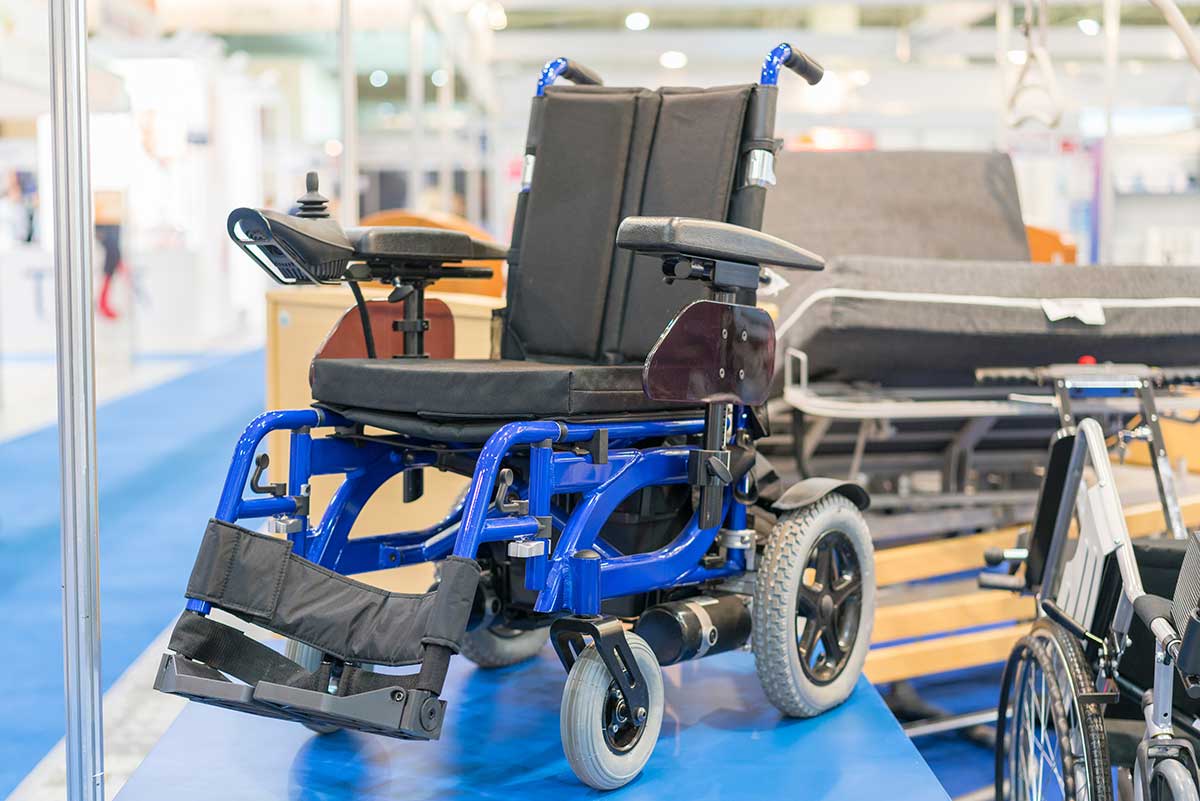If you’re in the medical mobility market, you know the essential nature of your inventory. Mobility devices empower the user to live life more fully, independently, and safely. Your role is crucial in a time where access to the right mobility equipment makes immeasurable differences in the lives of the people who need them.
As we enter 2025, you must understand, prepare for, and adapt to the medical mobility market’s challenges. Read on to learn more about the challenges facing medical mobility companies and how to respond to see success.
The Medical Mobility Market in 2025
Aging populations make up a significant portion of the global medical mobility market. As these populations continue to grow, so does the need for mobility equipment. By 2060, one in six people will be older than 65. Nearly every country in the world is seeing growth in the number of aging people and the proportion of aging populations.
This increase results in higher demand for equipment that promotes mobility and independence. For example, the global electric wheelchair market was valued at $6.1 billion in 2021 and is expected to reach roughly $15.4 billion by 2030, more than doubling in less than ten years. And that’s not including other medical mobility device markets, such as electric scooters.
Medical mobility companies are seeing an exponential increase in need. By capitalizing on the market opportunity, they can serve more individuals and make more sales than ever.
However, along with opportunities come challenges that can hinder growth and success. Below we explore the top challenges facing medical mobility companies in 2025. Your company can flourish in this market by understanding and preparing for potential obstacles.
Top Challenges Your Medical Mobility Company will Face in 2025
Every business faces challenges in its markets. However, how you respond to these challenges will determine your success. Read on to learn more about expected challenges in the medical mobility market this year and how to overcome them.
Risk Management and Liability
Patient safety is paramount within the medical mobility industry. And due to the nature of electric wheelchairs, scooters, and other mobility devices, there’s always a risk for the user to fall, especially since mobility users typically experience strength or stability issues.
Concerning mobility equipment, risk management, and liability pose significant challenges. Therefore, companies must execute thorough risk management practices to comply with regulatory requirements and maintain processes that mitigate hazards.
Effective risk management helps medical mobility companies keep their customers safe while positioning themselves to serve more people and sell more equipment.
Equipment Breakdowns
When medical mobility equipment breaks down, life is significantly altered or sometimes seems to stop until repairs can be made. For example, consider patients who require a stairlift within their homes. If the lift breaks, the user is confined to one floor of their home, and their autonomy and independence are significantly affected. At worst, an individual could be left stranded in their home until a repair technician can fix the issue.
Mobility equipment breakdowns are devastating for users. Mobility equipment companies must reckon with the effects to understand how equipment breakdowns affect their clientele and their bottom line. The two are intricately interwoven.
Unreliable equipment translates to distrust and, ultimately, fewer sales. As explored above, the medical mobility market is highly competitive. Therefore, equipment retailers must ensure they carry the highest quality products to keep current customers happy and safe and secure the trust of future clientele.
Supply Chain Issues
As highlighted during the pandemic, supply chain fragility affects all markets, including the medical mobility equipment industry. Disruptions and shortages resulted in slower time-to-market, leaving retailers with inadequate inventory and many individuals without the proper mobility equipment.
And though the manufacturers and retailers continue to reel from the effects of supply chain issues caused by the pandemic. The shortages impact local home health stores and mobility retailers the most. Pre-pandemic, retailers could order equipment and expect delivery in merely days. Now medical mobility companies must plan weeks or even months ahead to ensure they’re stocked with adequate inventory. As a result, mobility businesses often can’t access the equipment their customers need, and they lose valuable business.
As we continue into 2025, medical mobility retailers must anticipate supply chain issues and proactively stock for the long-term needs of their clientele.
High Product Costs
Medical mobility equipment is costly. And for the most part, these essential devices aren’t covered by insurance or Medicaid, which means individuals needing this equipment must pay out of pocket.
With mobility equipment costing thousands of dollars, paying for these products can be insurmountable for many who need these life-changing devices. Without access to a credit card or the lump sum cash to pay upfront, your customers are forced to forego independence, mobility, and autonomy.
But you can change the trajectory of your customers’ lives by providing financing options for medical mobility equipment. Partnering with a financing firm like United Consumer Financial Services makes bringing home mobility equipment simple, fast, and affordable.
Through installment payment options, your customers can choose the equipment that best fits their needs, then pays their loan over time through affordable, scheduled monthly payments.
High costs have long been a barrier to individuals enjoying safety and independence through a powered wheelchair or scooter. As a result, medical mobility companies have lost out on sale after sale. But through consumer financing with UCFS, you can overcome the challenges posed by high out-of-pocket costs and deliver security and mobility to your customers today.
Conclusion
Challenges should be expected, even in a market as active as the medical mobility device and equipment industry. By preparing for the challenges above, you can proactively position your business to succeed. The need for medical mobility aids is great. How will you take on market challenges to meet customers where they are?
Contact the United Consumer Financial Services team today to learn how our financing solutions can help you get more equipment into the hands of those who need it.

